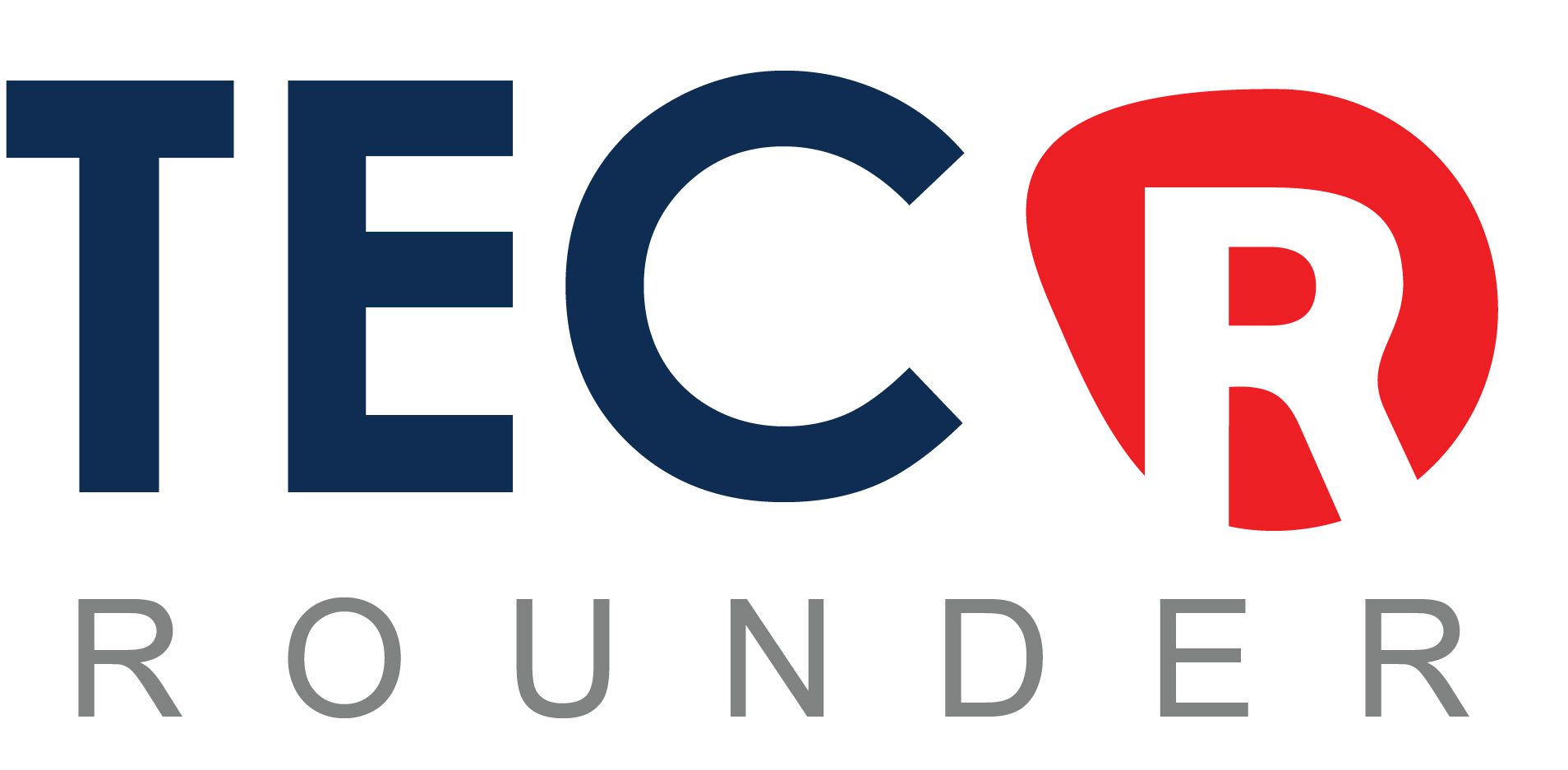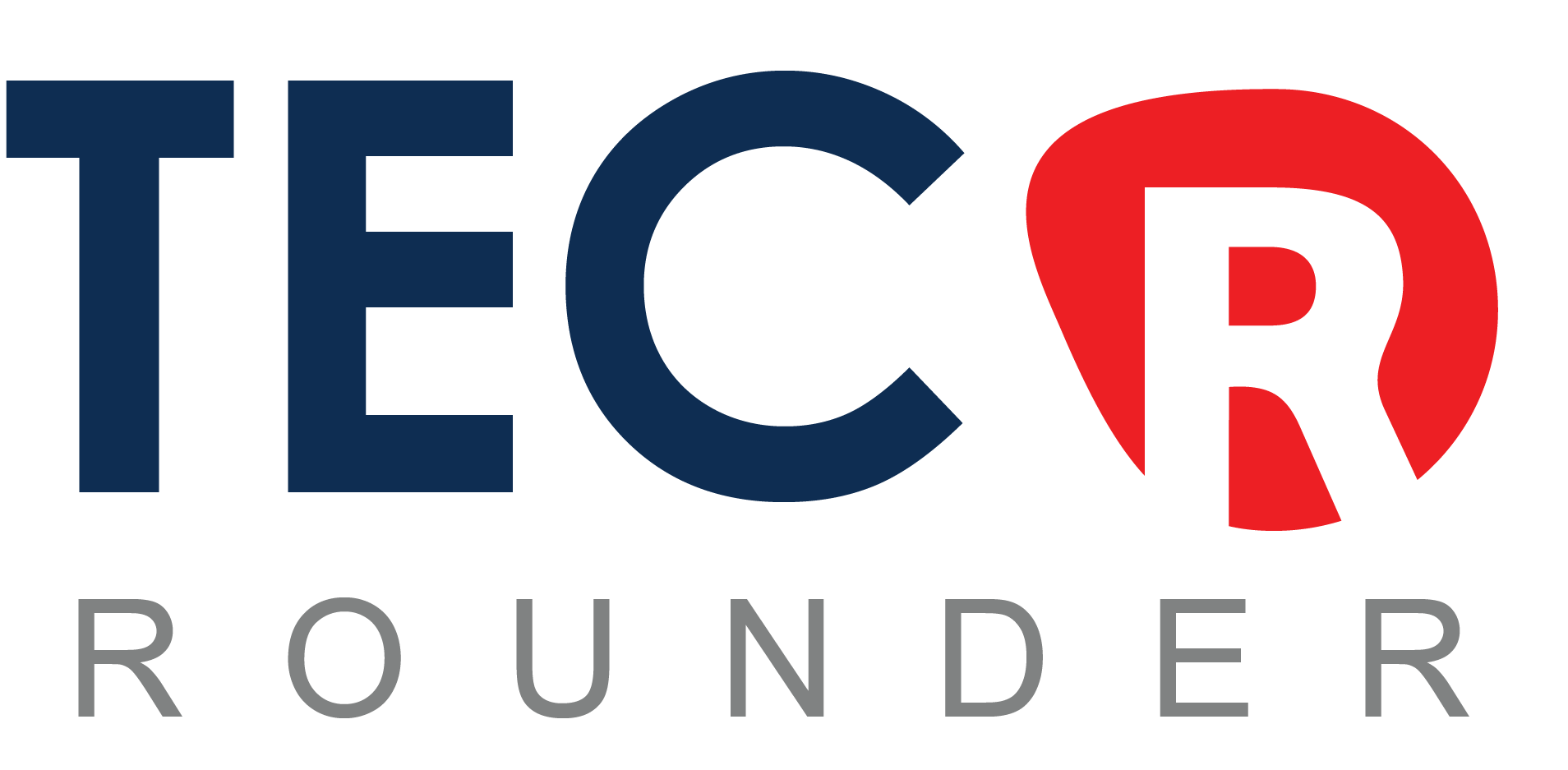
The largest consumer electronics trade group in the United States has crunched the latest calculations on President Trump’s tariffs, and it warns that costs of popular products in the United States will skyrocket if the proposed levies go into place and “fully pass through to retail prices.”
The Consumer Electronics Association released corrected data in a new study on Tuesday. Based on data from Trade Partnership Worldwide LLC, the updated estimate predicts that if current and announced new tariffs go into force, American consumers’ purchasing power might fall by up to $123 billion per year.
According to the CTA, tariffs may raise the prices of video game consoles by 69% and cellphones by 31%. Furthermore, the survey predicted that consumer laptop and tablet prices would grow 34%, while monitor prices would rise 32%.
Last week, Microsoft announced price increases of more than 25% for its Xbox consoles, as well as increases in peripherals and several of its planned first-party titles. On May 1, Apple CEO Tim Cook told investors that Trump’s tariffs might cost the business $900 million in the June 2025 quarter; anything after that is “very difficult,” he continued, “because I’m not sure what will happen with tariffs.” In the June quarter, Apple anticipates the “majority” of iPhones sold in the United States to originate from India, while iPads, Macs, and most other firm items shipped to the United States would be manufactured in Vietnam.
The CTA’s update builds on earlier research from January 2025 and September 2024 to reflect recent Trump administration actions, including baseline tariffs of 10% on all imports and additional proposed tariffs ranging from 11% to 50% on trading partners, as well as an effective 145% tariff rate on Chinese imports.
“Tariffs are taxes paid by Americans,” stated Gary Shapiro, CEO and Vice Chair of the CTA. “Higher tariffs don’t just affect businesses, startups and founders — they’re a pocketbook issue for American families, potentially raising the cost of the tech Americans love and rely on daily.”
She went on: “While this Administration is rightly focused on jobs, data shows these tariffs are more likely to hurt industry and add to inflation, rather than help Main Street America thrive.”
The CTA’s updated estimates assume that the current 10% baseline tariffs remain in effect and that suspended “reciprocal tariffs” — which are stacked on top of existing Section 301 and International Emergency Economic Powers Act (IEEPA) tariffs- resume on July 9, 2025, following a 90-day pause. According to the trade organisation, additional Section 232 probes into semiconductors, electronics, copper, and vital minerals could drive up import costs for technology items and industrial inputs.
Even after accounting for anticipated reshoring and new domestic production, the CTA’s revised projections suggest yearly economic losses of up to $69 billion. According to the trade association, for every dollar gained by local producers, consumers may lose up to $16 in purchasing power.
Also on Tuesday, the CTA announced the commencement of Trade Week, an event that would bring the association’s members to Washington, D.C., to “share their stories on the effects of ongoing and proposed tariffs with members of Congress and the administration.” The trade association announced that it will launch an omnichannel advertising campaign regarding the tariff problem.
CTA, created in 1947, claims to represent more than 1,300 member businesses, including Apple, Amazon, Comcast Cable, Disney, IBM, Google, Microsoft, and Walmart. The organisation organises the annual Consumer Electronics Show (CES) in Las Vegas.
Views: 228


















